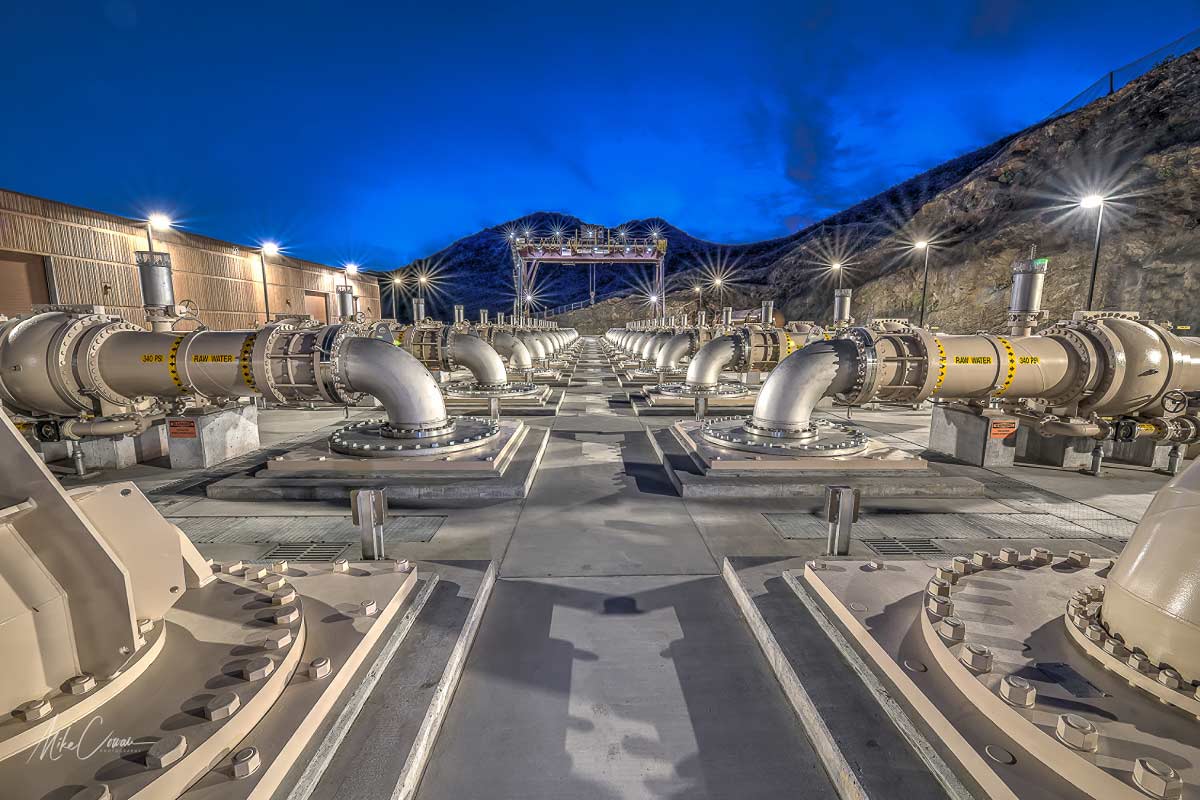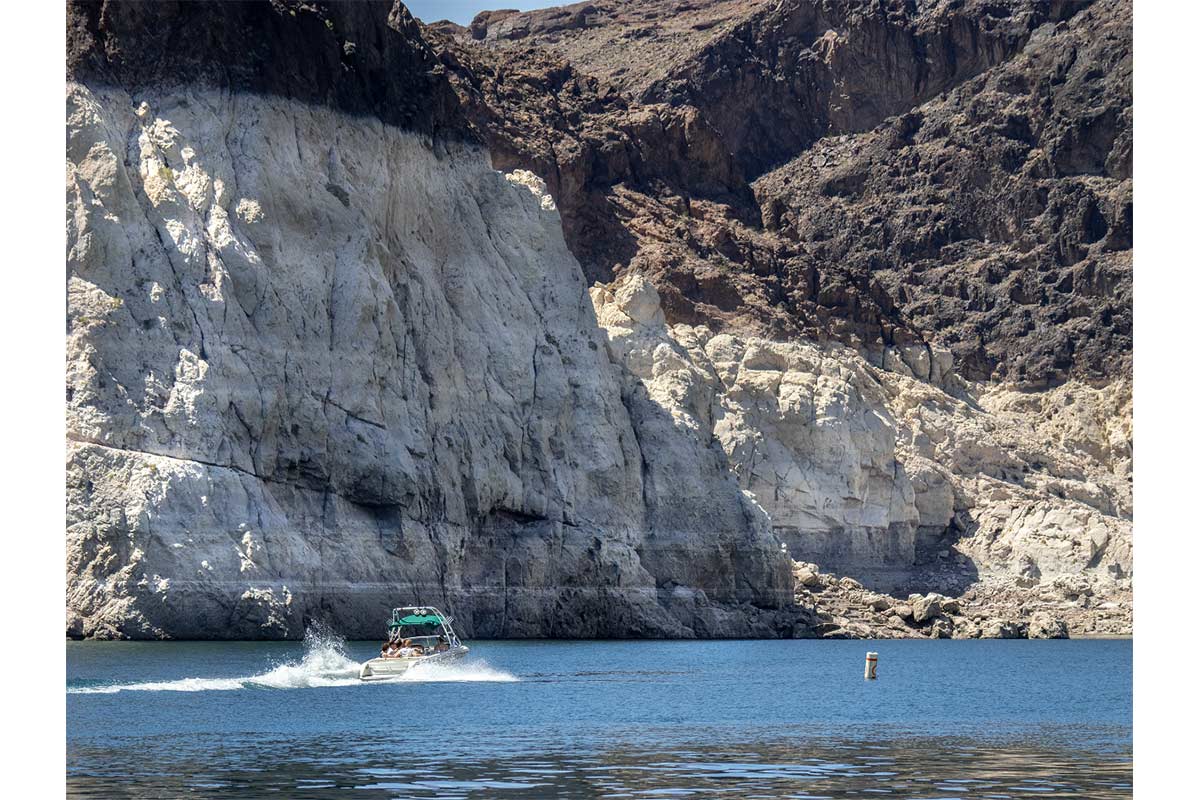

This past spring, Lake Mead dropped to a historic low, exposing one of Southern Nevada’s three water intakes. No longer able to draw water from the lake, the exposed intake is a stark reminder of the challenges created by the ongoing megadrought impacting the Colorado River basin.
Southern Nevada draws 90 percent of its water supply from the Colorado River via Lake Mead, which has dropped more than 165 feet over the past two decades. Foresight by the Southern Nevada Water Authority (SNWA) and a community investment in critical infrastructure have helped ensure access to Southern Nevada’s water supply despite the falling lake levels.
The new Low Lake Level Pumping Station (L3PS), in concert with a deep-water intake, allows Southern Nevada to access its water supply even if the lake drops below “dead pool” elevation of 895 feet—the point at which no water can pass through Hoover Dam to generate power or meet water demands in Arizona, California and Mexico.
“We invested $1.3 billion in the third intake and the low-level pumping station for a reason,” said SNWA General Manager John Entsminger. “We knew this day might come if the drought continued, and we wanted to ensure this community could continue to survive and thrive despite the dire conditions impacting the Colorado River basin.”
Completed in 2020, the L3PS began operating in April 2022 when the dramatic drop in Lake Mead’s elevation rendered one of the primary intake pumping stations inoperable. With 34 high-powered pumps in excess of 3,000 horsepower each, the L3PS can deliver up to 900 million gallons a day to the SNWA’s two water treatment facilities.
In addition to the L3PS, Intake No. 3—completed in 2015—also plays a crucial role in providing water to the community by ensuring access to the primary water supply. It also protects municipal water customers from water quality issues associated with declining lake levels.
Both L3PS and Intake No. 3 are key components in a complex network of water intakes, treatment facilities, pumping stations, reservoirs and pipelines operating around the clock to treat and deliver water to Southern Nevada homes and businesses. These facilities can store up to 1 billion gallons of water and pump more than 1 million gallons per minute through thousands of miles of pipes.
While SNWA’s planning and infrastructure investment ensure the community can access its water supply, conservation remains a key factor in a sustainable future.
“We’re counting on everyone in this community to step up their commitment to water conservation. We don’t see conditions along the Colorado River improving in the immediate future, so all of us must reduce outdoor water use in order to protect our way of life and personal and professional investments,” Entsminger said.
For tips about how to save water and to learn about cash incentives, visit snwa.com.
Members of the editorial and news staff of the Las Vegas Review-Journal were not involved in the creation of this content.
![]()


